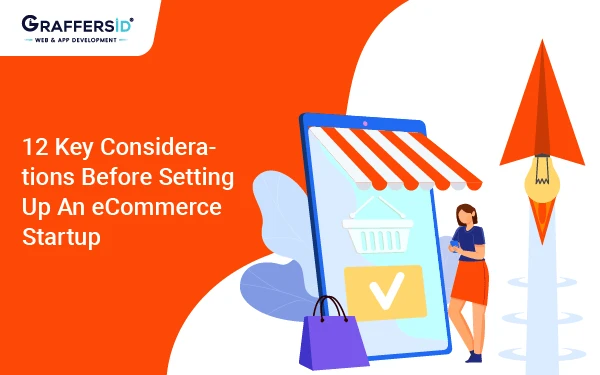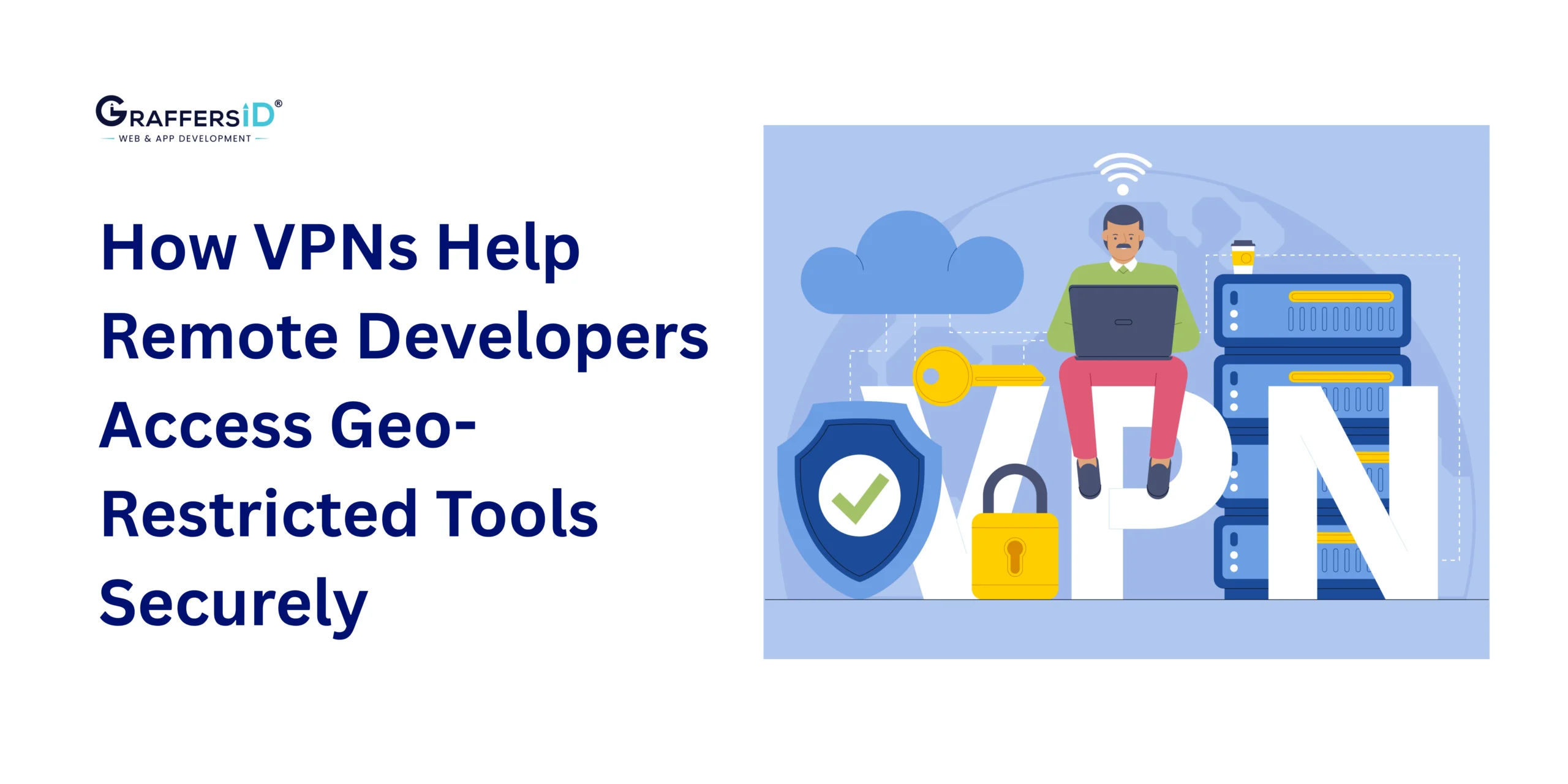E-commerce is taking over the digital world with its wide range of opportunities and there is no reason why you should not think of setting up an eCommerce startup!
If you are planning to start your eCommerce business or expand your brick-and-mortar business, this article will help you understand how eCommerce is an innovative and growing platform to be on.
But first,
What is e-commerce?
E-commerce or electronic commerce refers to the buying and selling of products and services through the Internet. E-commerce is the activity of running an online business by facilitating every commercial transaction with the help of the Internet.
Why Choose E-commerce for Your Business?
Everybody wants a strong client base and a skyrocketing sales number and for that, they work hard!
Well, obviously hard work is the key to success but what if I tell you, you can work from your home and still get the above two by just using the internet?
Yes, it is possible in this digital age!
Your brand can now reach a huge audience and potential customers and experience an increase in sales by building a business-oriented eCommerce mobile application or an eCommerce website.
According to Global E-Commerce Trends and Statistics, E-Commerce has grown by 300% over the last few years with revenue of $700 billion in the US just last year and is expected to grow at an even faster pace and is predicted to hit $4,878 billion in the next few years.
DID YOU KNOW?
2020 saw a 20% hike in the revenue from digital commerce in all business models and industry verticals that too in just the first quarter!
How to Get Started With E-commerce?
You can kickstart your eCommerce venture and have a digital business shift by either creating an eCommerce website or developing an eCommerce mobile application. If you know coding then code your website, If not then you can hire eCommerce developers.
The eCommerce industry is witnessing tremendous growth of business mobile solutions because of their ease of use and vast audience base.
According to Pew Research, every 8 out of 10 Americans use mobile applications for making a shopping purchase.
Huge brands like H&M, Starbucks, and Walmart use eCommerce mobile applications to connect easily with their audience and serve them with efficiency.
E-commerce has always been an advantageous platform and with the Covid-19 outbreak, the buzz around eCommerce increased all over the world.
The recent explosion in online interest has created amazing opportunities for all the sellers out there and today we will discuss how to leverage those opportunities and tip the profit scales to your side.
As you know, skills, require dedicated eCommerce developers who ensure your eCommerce business runs smoothly and efficiently and that is why I am here with my key considerations that would help you while setting up your eCommerce startup.
So, let’s dig in!
1. Your Idea

Your idea is like a base for your business foundation!
The stronger the base, the more it’ll grow.
With high demands comes high profits and your product idea should not just be fancy but should be a problem solver too.
One common mistake that people often make while getting started with their eCommerce venture is mimicking other people’s profit-generating products and copying them to generate profit for themselves!
Good competitor research is a must but don’t let your uniqueness get affected by others. If you are confused about your product idea, take a survey, consult your family, ask your friends if as customers they would be attracted to your product and only then make a decision.
Your product or services don’t even have to be unique, just something that suits your demographics and provides the best quality at an affordable range.
People love that!
As much as idea validation requires surveying, hypothesis, and consultations, it also requires the right type of tools to be used to keep track of your validation process.
Here are 3 idea validation tools you can rely on-
a. Validation Board
A validation board can help you understand customer problems and provide a solution hypothesis based on testing, learning and pivoting. It helps in identifying how real the assumptions made about your idea are and how you should proceed with your idea.
b. Customer Journey Maps
Customer Journey Maps is basically a visual representation of your journey until you reach your goal. This tool helps you understand clients’ needs and how your product idea can help fulfill those needs and other areas of weakness in the industry.
c. Germ.Io
Germ.Io helps in converting your abstract ideas to properly formed concepts and actionable project plans. It helps you build an entire flow of thoughts around your idea through effective brainstorming techniques.
2. Your Business Model
How do you want your eCommerce store to function?
What would your business structure look like?
One single business model doesn’t fit every business because everyone has a different reason to start an online store. It mainly depends upon the product that you’d be selling and that is why “your idea” is what is going to make your future decisions for you.
Having a business model can save you hard-earned money and give you a clear picture of your soon-to-launch business.
Here are 4 eCommerce business models that you can choose from-
a. B2C – Business to consumer
It is the most common business model with many unique approaches under its umbrella. B2C gives an advantage of leveraging technology like mobile apps, native advertising, and remarketing to market directly to their customers by making the process much easier than B2B.
b. B2B – Business to business
In this business model, one business sells its goods or services to other businesses which the buyer resells further to the consumer.B2B has become a popular business model among millennials as according to trust radius’s annual survey , over 45% of B2B technology buyers are 25-34 years old’s.
c. C2B – Consumer to business
In the C2B business model, individuals sell their goods or services to businesses or companies. One very popular mobile application made upon this model is UPWORK, where freelancers sell their services to other businesses.
d. C2C – Consumer to consumer
In the C2B business model, consumers exchange each other’s goods and services and make money by charging transaction fees. E-commerce platform eBay pioneered this business model in the early days of the internet.
Hence, to avoid getting stuck in between your dream venture, get an eCommerce business blueprint and if you’re not sure how to make one, drop us an inquiry and our expert team of e-commerce domain will help you with relevant suggestions.
3. Your Target Audience

So, where are you planning to sell?
Who will be your target audience?
Will it be the people residing in the same town or people worldwide will have access to your product and services?
This surely is a topic of concern but hey, you can’t figure out things in a day, you will get it all if you follow your plan and get the things implemented correctly and on time.
Now, understand this- We only need relevant traffic!
The more targeted visitors we have to our website the better would be our sales. And we love high sales numbers, don’t we ? 🙂
All you need is 500 potential buyers for a start. Hence target strategically for your startup, don’t let the audience number influence you.
If suppose you are selling sports shoes, sports enthusiasts will be your primary target audience followed by gym freaks and regular shoe lovers and buyers.
Like this, figure out who you want to target to save everyone’s time and energy.
4. Your Niche Research
Quick niche research can do wonders. Make sure the niche you’re entering is competitive.
No competition means no demand and hence no value!
Have a look at your competitor products and their target audiences, how they are making things work out and get an inspiration set or yourself.
Your niche research will help you fill gaps between your business strategy and help you improve your business model.
Niche-ing out gives you a front seat at the eCommerce ride as you can figure out other related categories in that niche and collaborate with the other business owners to cross-promote your products and services.
How can you do your niche research?
Well, you can start off with these simple steps-
- Market study ( Google is your savior)
- Keyword research( You can use Ubersuggest)
- Competition research( You can use SEMrush)
- Look at the most popular businesses ( Walk the Neighbourhood)
- Track the trends( You can use Google Trends)
5. Your E-commerce Registration
With all the above-mentioned points in consideration, you can now register your eCommerce business and pick a name that goes with your persona or what your products represent and an eye-catching tagline that goes along with the brand name.
Example of some of the successful startup eCommerce stories have names as-
a. The Healthy Mummy – Weight Loss Resources & Products for Mums
An eCommerce platform for all the mums around the world
b. Beardbrand – Shaving & Accessories for the Bearded Gentleman
An online beardsman community for all who love styling their beard
c. Rent the Runway – Designer Dress Rentals / Subscription
Rent the Runway lets you rent designer outfits for a period of time.
From the above three examples, you can see how you should go with your name and tagline.
Not too long, not too short, just the perfect words that represent what you sell!
6. Your Inventory & Payment Gateways
What range of products are you going to sell?
How many variations will each product have?
There are a lot of things to take care of for an eCommerce inventory setup. You need an inventory to manage all of your product stock to keep a count of the most sold products and out-of-stock products.
Stock tracking will help you get ahead in your game by avoiding frustrated customers who find out the product is out of stock after they reach the checkout page.
For a fully functional eCommerce website, you should have a payment gateway. After all, getting paid is a prior interest!
Providing a safe payment option always helps in sealing the deal. Shoppers look out for convenient payment options (Online as well as COD) in order to finalize their shopping decision. Payment gateways make sure that the customer data is safe and encrypted making it an authoritative transaction.
There are tons of options available for online payments and the top payment gateways are-
- Helcim
- Payment Depot
- Square
- PayCafe
- The Merchant Solutions
- Stripe
- Paypal
- Apple Pay
- Leaders Merchant Services
- ProMerchant
- Google Pay
7. Your Order Tracking Software
Considering how huge the eCommerce landscape is, there is a lot of order tracking software you can go for. Order tracking software would allow your customers to track their orders and modify their orders at every stage of buying.
Automatic emails after purchase are also important to let the customer know that their order has been placed successfully.
You can also integrate order tracking with shipment to know real-time order status as well as shipping status in your eCommerce modules while saving a lot of resources.
Some popular order management software include OmPrompt Order Management, TYASuite, Orderhive, Zoho Inventory, etc.
8. Your Shipping & Returns Management
For shipping management, you have to tie up with several shipping services for your targeted locations. Implementing a strong eCommerce shipping strategy can do wonders to your brand, and take it to infinite heights!
Managing returns can be a little disappointing as, who likes getting their products returned anyway?
However providing your customers with refund and return options convinces them to at least try your product.
When people see you have a legit return policy, THEY WILL MAKE A MOVE!
And a move is what we want after all.
9. Your Programming and Content
Only high standards of programming can deliver a sophisticated eCommerce platform that is fancy as well as simple and easy to use.
Content is king and that is why you need the best words to make your eCommerce dream come true.
You need to have a functional eCommerce storefront for content optimization, conversion optimization, and performance optimization. You will need an excellent team of eCommerce developers to perform all of these optimization techniques efficiently.
10. Your Visuals
Trendy features and fancy visuals play a very important role in the success of eCommerce sites. Get a logo designed by professionals by describing your product and services.
You don’t need to obsess over it but make sure no other corporation uses the same logo. Pick fascinating colors that do justice to your eCommerce website and attract more and more audiences.
If you’ve got a decent budget, you can always acquire professionals for your website appearance. If not, you can create it on your own by learning some designing tactics that will boost your online presence.
11. Your Business Marketing Plan
A business marketing plan is a post-launch activity that will help you bring audiences and drive traffic from various platforms.
- You can take the help of various social media platforms to get the word out.
- You can share articles and blogs on your eCommerce startup and share them on high D/A, and P/A websites.
- Strong search engine optimization tactics will help you get relevant traffic and fast promotions.
Finally, make sure your customers leave good reviews on your website. Positive reviews not only bring more and more customers to your platform but also helps you establish a strong name for your brand in your niche.
12. Your eCommerce Development Team
For creating and running an eCommerce startup, you will be very much reliant on technology and that is why you need to hire the best eCommerce developers from India to help you kickstart your dream venture.
Must Know Tips Before Starting E-commerce Startups
Starting an eCommerce startup can be an exciting and rewarding venture, but it also requires a significant amount of planning and preparation. Here are some key considerations to keep in mind before setting up an eCommerce startup:
- Identify your target market: Understand who your customers are and what their needs and preferences are. This will help you to develop a product or service that meets their specific requirements and to create a marketing strategy that effectively reaches them.
- Develop a business plan: A business plan will help you outline your goals, strategies, and financial projections for your startup. It will also serve as a roadmap for your business and help you to secure funding from investors or lenders.
- Choose the right eCommerce platform: There are several eCommerce platforms available, such as Shopify, Magento, and WooCommerce. Each has its own strengths and weaknesses, so it’s important to choose one that best fits your business needs.
- Secure payment gateway: You need to have a payment gateway in place to process online transactions. Research and compare different payment gateway providers to find one that offers the best rates, security, and features for your business.
- Plan your logistics and fulfillment: Consider how you will handle the logistics of shipping and handling orders. Will you handle fulfillment in-house or outsource it to a third party?
- Create a marketing strategy: Develop a marketing strategy that will help you reach your target market and drive sales. This can include tactics such as search engine optimization, social media marketing, email marketing, and affiliate marketing.
- Be aware of legal compliance: Be aware of the legal requirements for eCommerce businesses such as sales tax, data protection, and consumer rights. Make sure your business is compliant with all relevant laws and regulations.
- Get customer feedback: Continuously seeking feedback from your customers can help you to improve your products, services, and overall customer experience.
By keeping these tips in mind, you can set your eCommerce startup up for success.
Frequently Asked Questions For Starting E-commerce Store
Q: What are the basic requirements for starting an eCommerce startup?
A: The basic requirements for starting an eCommerce startup include a business plan, a website with an eCommerce platform, a payment gateway, a marketing strategy, and a logistics and fulfillment plan. Additionally, you will need to research and understand your target market and be aware of legal compliance.
Q: What is the best eCommerce platform to use for my startup?
A: The best eCommerce platform for your startup will depend on your specific business needs. Popular options include Shopify, Magento, WooCommerce, BigCommerce, etc. It’s important to research and compare different platforms to find one that fits your budget, offers the features and scalability you need, and integrates with your other business tools.
Q: How do I market my eCommerce startup?
A: There are many ways to market an eCommerce startup. Some popular methods include search engine optimization (SEO), social media marketing, email marketing, affiliate marketing, influencer marketing, content marketing, and paid advertising.
Q: How do I handle logistics and fulfillment for my eCommerce startup?
A: There are several options for handling logistics and fulfillment for an eCommerce startup. You can handle it in-house, outsource it to a third-party logistics (3PL) provider, or use a combination of both. Factors to consider when making this decision include the size and complexity of your business and the resources you have available.
Q: How do I secure a payment gateway for my eCommerce startup?
A: Secure Payment gateway is a must for an eCommerce business. There are several payment gateway providers available, such as PayPal, Stripe, and Square. Research and compare different providers to find one that offers the best rates, security, and features for your business.
Q: How do I stay compliant with legal requirements for eCommerce startups?
A: Legal requirements for eCommerce startups can vary depending on your location and the products or services you are selling. Some common legal requirements include sales tax, data protection, and consumer rights. It’s important to research and understand the legal requirements for your business and to consult with a lawyer or accountant if needed.
Graffersid has all sorted out for you!!
From business goal setting to designing the marketing plan of your eCommerce platform, eCommerce developers at Graffersid won’t leave any stone unturned to deliver you a fast and fancy optimized eCommerce site.
And that is the reason reputed businesses prefer hiring Graffersid for their dream ventures 🙂



